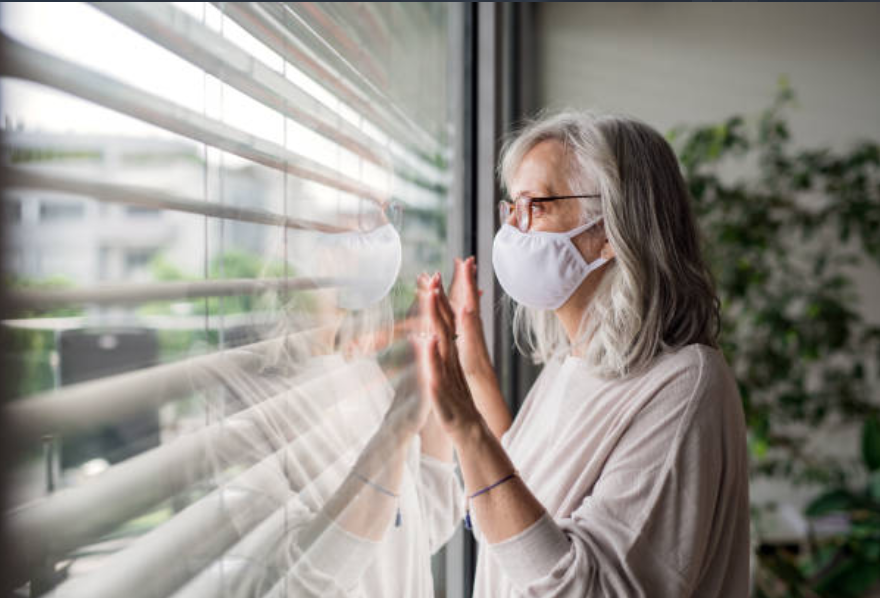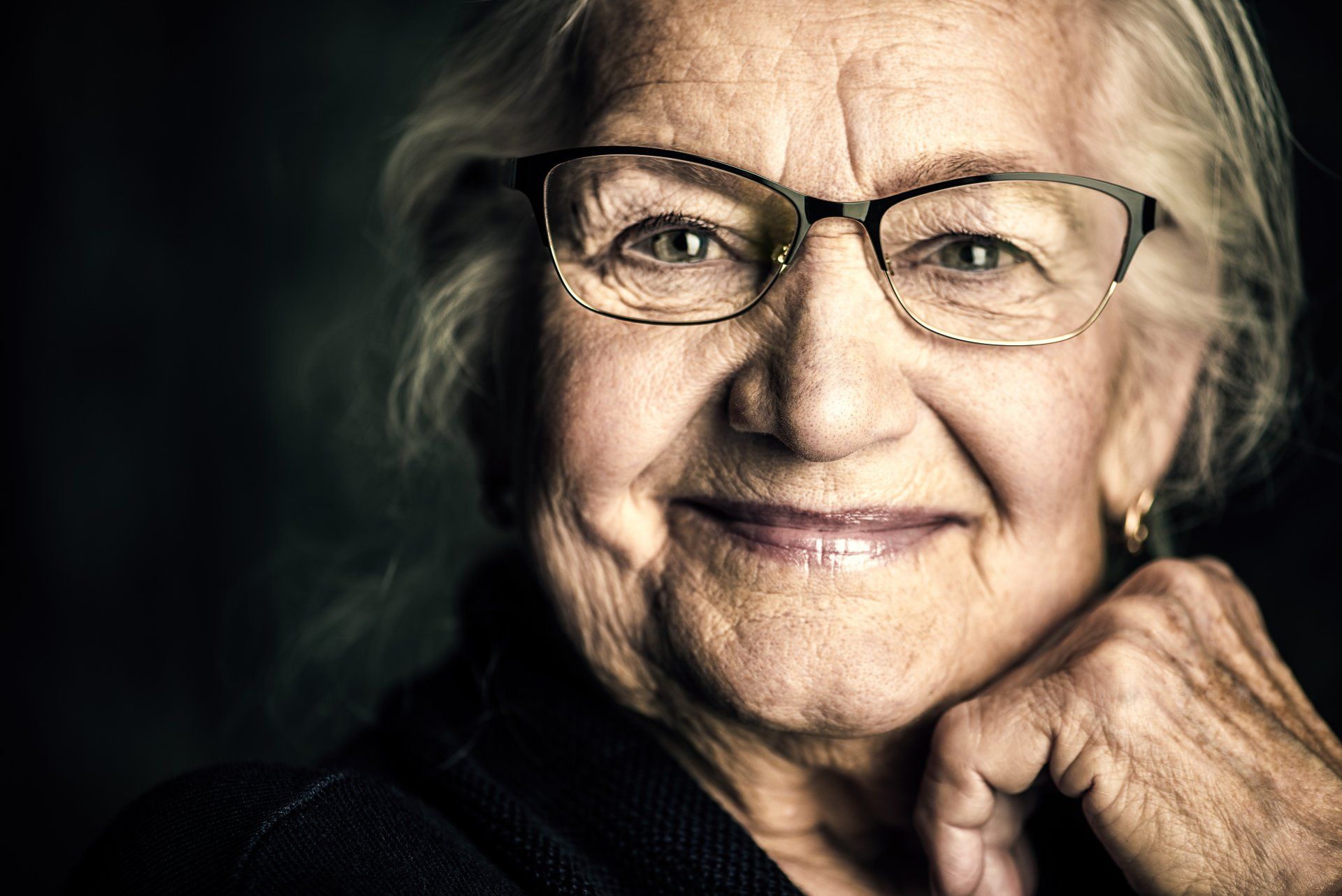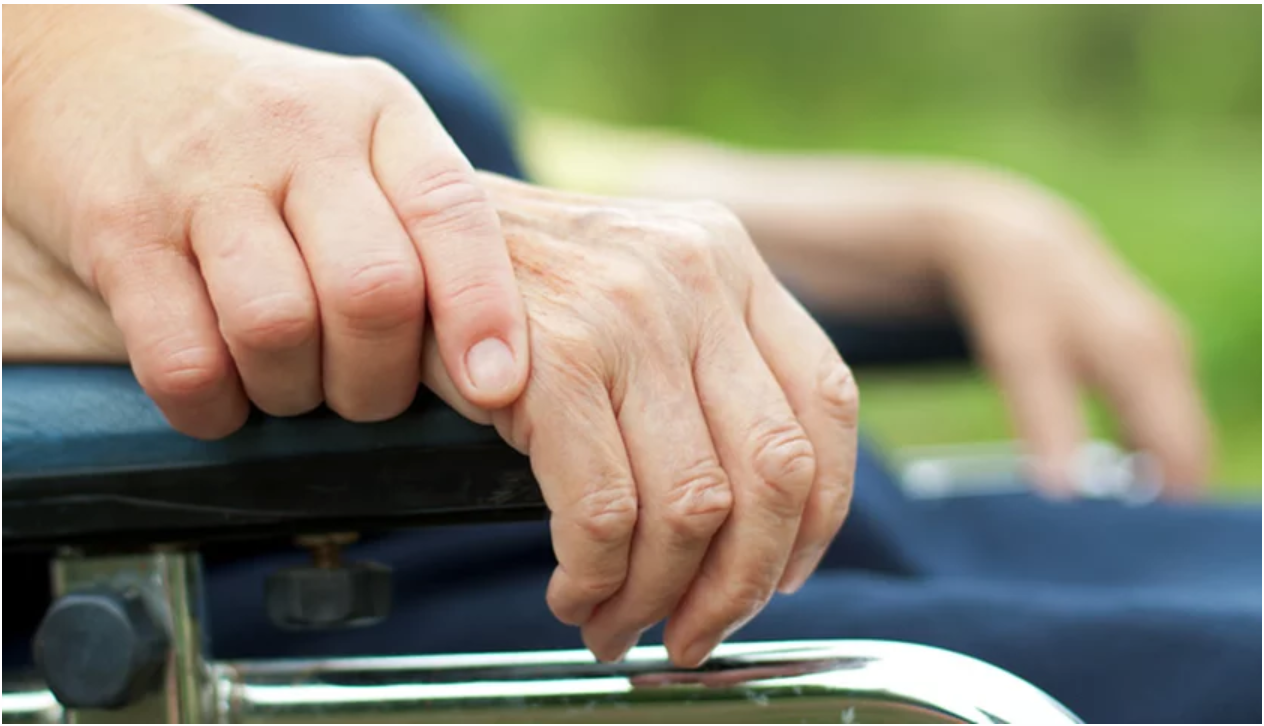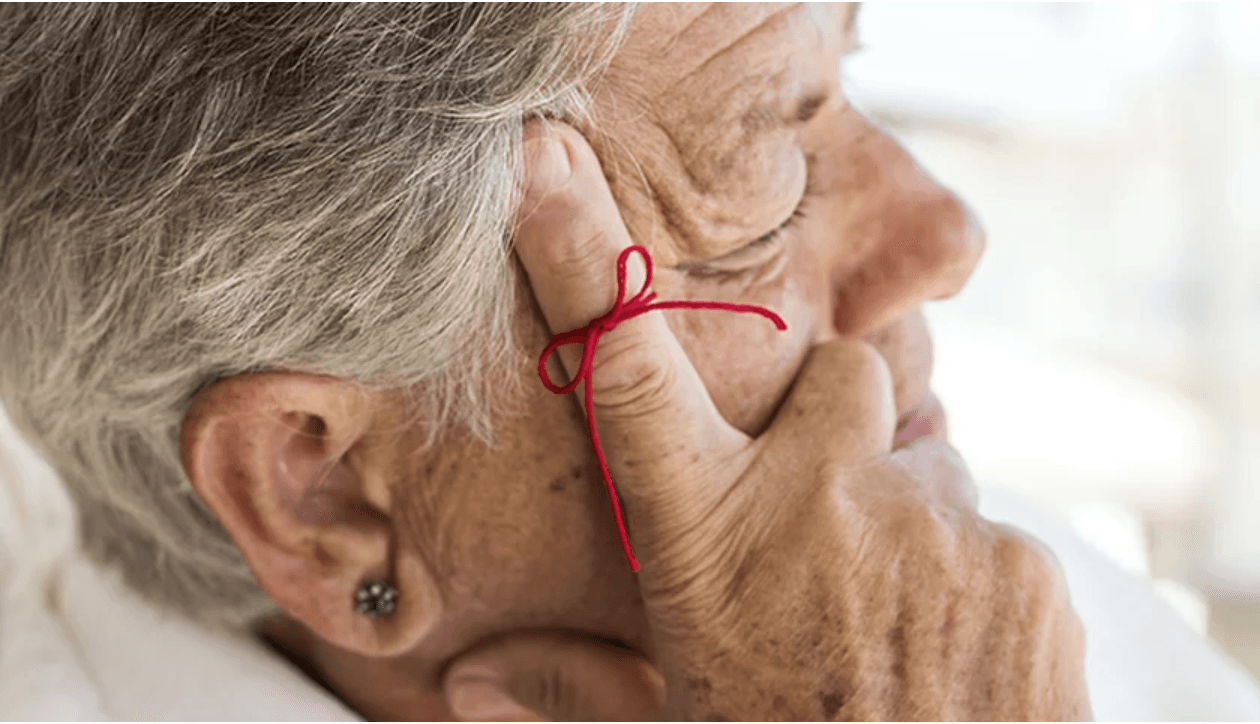
Blog Layout
Bedsores: Causes, Risk, and Prevention For Seniors
Lisa Reisman • Aug 28, 2019
How can we help you today?
Thank you for contacting us.
We will get back to you as soon as possible.
We will get back to you as soon as possible.
Oops, there was an error sending your message.
Please try again later.
Please try again later.
Bedsores: Risk and Prevention
According to the Centers for Disease Control, as many as 1 out of 10 nursing home residents suffers from bedsores. Bedsores, also called pressure ulcers and decubitus ulcers, are injuries to the skin and underlying tissue resulting in pressure on the skin. Bedsores commonly develop in areas of the body with thinner tissue, like bony areas such as the hips, ankles, or tailbone. People that are most at risk for developing bedsores are those with a limitation on movement most likely from a medical condition, and unfortunately for seniors is a large part of how and why they’re getting them so often. Whether they’re sitting in a chair without help getting up, or neglected and confined to a hospital bed, understanding the risk factors and ways to prevent bedsores for seniors is important to their remaining years of care.
How Bedsores Form
Our bodies are designed to be in constant motion— even in our sleep we’re tossing and turning, circulating our blood. When we become immobile, the more sensitive, thinner tissue areas of our bodies lose circulation and the pressure of our skin on something like a wheelchair or bed, can create a sore. Bedsores can form in as little a timeframe as 12 hours. While the tissue on thinner body parts is pressing up against something and blood circulation has stopped, tissue is depleted of oxygen and nutrients and can wither away— thinning tissue can occur over a half a day, but can take several weeks to show any real damage.
Different surgeries and injuries can make a person bedridden. For seniors, they’re more at risk because they can’t recover as quickly as a younger person. In many cases, bedsores form as a result of improper medical care in nursing facilities. Nursing home negligence and bedsores don’t always go hand in hand, but seeing that it’s a preventable medical concern makes it all the more important to establish a trusting relationship between the senior and health care provider.
According to an article on A Place for Mom, things like shear and friction can also form bedsores: Shear occurs when the skin moves in one direction while the underlying bone moves in the opposite. Shear can occur while a person is sliding or slumping in a bed or chair, causing the skin to stretch and tear. Friction causes skin to thin based on constant movement on the sensitive area. Friction over the tailbone, elbows, buttocks, and hips needs to be looked out for especially while medical professionals are moving senior patients between beds and chairs.
Risk Factors and Stages
Age, of course is the largest risk factor for bedsores. Seniors who have already experienced compromised, thinning skin or who have become slightly more immobilized have higher chances of developing bedsores. Lack of sensory perception is another major risk factor for bedsores. Spinal cord injuries, neurological disorders, and certain pain medications can cause the inability to feel discomfort, causing seniors to not know when they need a change in position to prevent bedsores. Poor diet and dehydration can play a role in bedsores as well being that our bodies need proper proteins and fluids to regenerate healthy skin cells. If you have a senior loved one in a nursing home, pay attention to the quality of their skin and ask the proper questions about their diet to get a better understanding of ways to keep them nourished when you’re not around.
Prevention
Regular repositioning is the most important thing you can do to prevent bedsores. If patients are confined to a hospital or nursing home bed, they should be moved every 30 minutes. As for those in a wheelchair, the Mayo Clinic suggests repositioning oneself every 15 minutes. Depending on the mobility of the senior, help may be required in the repositioning process. Try to use upper body strength in assisting the movement or by doing “wheelchair pushups” to raise your body slightly above the chair to circulate blood flow and relieve any pressure to the tailbone. Specialized wheelchairs are available for purchase that have added cushions and the ability to tilt back and may be good to consider if a senior is sitting for most of their day. Adjusting the elevation in ones bed can also help with the prevention of bedsores— if possible, raise it no more than 30 degrees. In addition to making sure the senior is comfortable, making sure that their skin stays dry and clean is very important in preventing bedsores. If they are in a care facility and suffer from incontinence or are unable to control their bowels, they should be thoroughly cleaned and dried after each changing. Many times this small, yet major detail is overlooked as another contributing factor in nursing home negligence. Paying attention and inspecting the senior's skin can help prevent these sores from forming as well as help make sure she's getting the proper care she needs.

14 Aug, 2020
You’ve heard the name many times by now— Coronavirus (or COVID-19) is a disease that’s become so deadly it’s spiraled us into a global pandemic. For those unfamiliar with how it got its name, in COVID-19, 'CO' stands for 'corona,' 'VI' for 'virus,' and 'D' for the disease. According to the CDC, “coronavirus” is actually an umbrella term for a family of viruses that can cause illness in animals or humans.
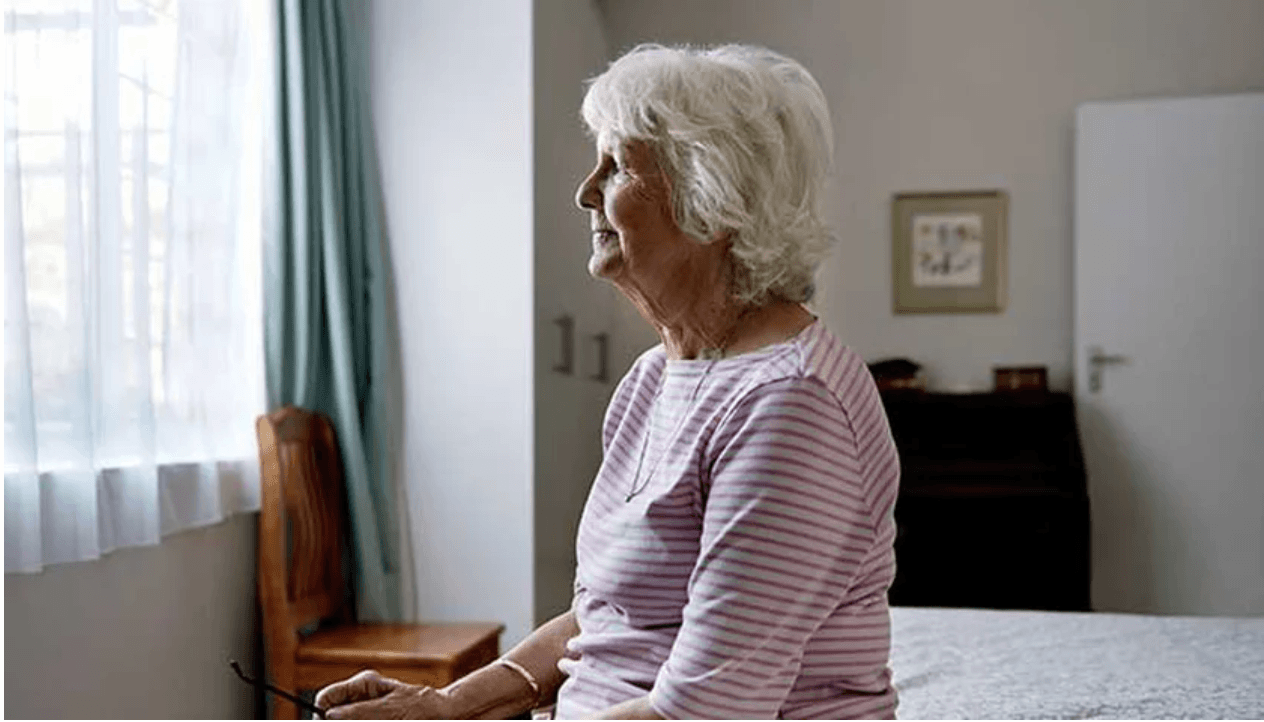
By Lisa Reisman
•
29 Aug, 2019
No matter what age, we all have moments of confusion. But when your elderly loved one is consistently exhibiting these signs, it might be because s/he is undergoing cognitive impairment. Having difficulty comprehending is a common sign these problems; however, it is often brushed aside as "old age." The person experiencing these difficulties may make excuses: the TV shows today are too complicated, their family members talk too fast, the lights are too dim to read. Ignoring the signs of comprehension difficulties, though, just make life harder for everyone involved. Comprehension and Confusion Comprehension is the opposite of confusion. Comprehension is a complex process in the brain through a system of nerves and chemicals, and it involves language, recognition, and function processes. Cognitive impairment disorders like dementia and Alzheimer's disrupt those complex processes. It can manifest as sudden memory loss, impaired motor coordination, and other more subtle thought processes that we will discuss. When someone has difficulty with comprehension, s/he has trouble putting together the various actions needed to perform a task. For example, your mom might need a cup from the cupboard. In order to do so, she must first decide she wants the cup. Then she might need to get out of her chair, walk across the kitchen, raise her hand, open the cupboard, and take the cup out of the cupboard. If she has difficulty with comprehension, she will have a hard time putting all of these elements to work to achieve her goal, which might result in several different outcomes: she could fall, break the cup, or just forget what she was doing before she reaches the cupboard. She knows what she wants to do but has trouble making all the connections necessary to get there. How Cognitive Impairment Affects Your Loved One Difficulty comprehending is frustrating for your elderly loved one and for you, but the first step toward helping your loved one is understanding what s/he is experiencing. Here are some examples of how someone with dementia or Alzheimer's disease might have trouble comprehending everyday situations. TV/books: Someone with dementia might not be able to follow a basic storyline and could not tell somebody else what is going on in the TV show or book. Social situations: Someone with dementia might see two children playing and interpret that they are fighting or vice versa. The person with dementia may step in and try to resolve the situation without realizing what is actually happening. Conversations: As with the TV/book example, someone with dementia can't follow an everyday conversation . S/he doesn't know who or what is being discussed and especially cannot tell when the subject matter has changed. Time: Someone with trouble comprehending will have difficulty telling time and might not know whether it is day or night. How Cognitive Impairment Affects You Because of these comprehension difficulties, the person experiencing dementia or Alzheimer's disease will rely on the people around him/her to tell him/her what is going on. For instance, your loved one may constantly ask you to repeat yourself. S/he may also have trouble following instructions. These situations can be aggravating for you, particularly if they are new, however it is important to understand that your loved one is not trying to bother you by failing to follow directions or asking you to repeat information over and over. These are symptoms of cognitive impairment , and neither you nor they can control it. If your family member begins to exhibit any of these signs, take him or her to your physician with a description of the comprehension difficulties you've noticed so that s/he has plenty of information for a cognitive function assessment. If the doctor diagnoses dementia or Alzheimer's, ask specific questions about treatment so that you can do your part to serve your loved one despite mild cognitive impairment. It is important to get help for your loved one, and there is no reason for you to care for your loved one alone. Caring for an aging relative requires time, patience, and expert care. Complete Care At Home can help you create a customized plan to meet the unique needs of your loved one with dementia or Alzheimer's disease. Contact us today for an expert assessment.
